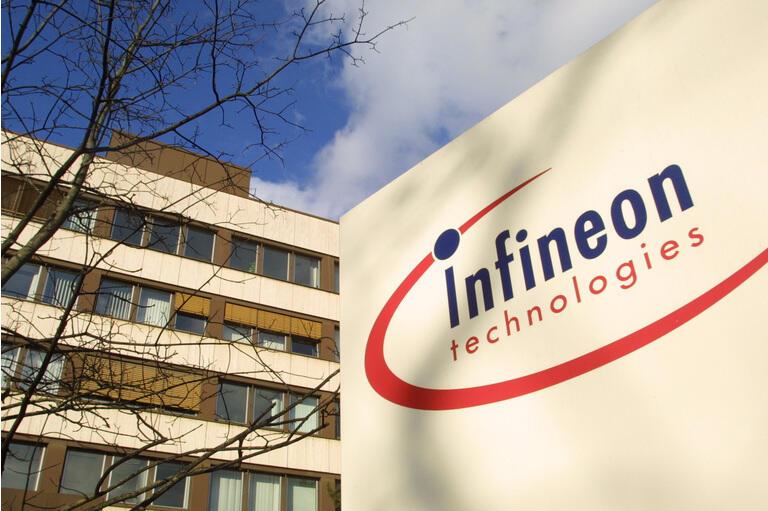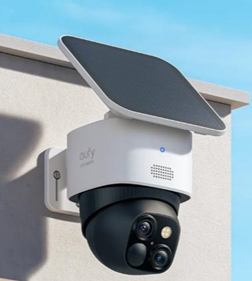Even the best parties eventually end, and investors seem to be preparing for the end of this powerful semiconductor boom, or at least they’re not as interested in Infineon (OTCQX:IFNNY) at this point in the cycle. While the SOX index has risen about 13% since my last update on Infineon, the shares have only risen around 4%, and the year-to-date underperformance is likewise around 10%.
I understand why investors would be concerned about signs that demand is starting to decelerate and that increased industry-wide capacity in 2022 will embolden customers to cancel their excess orders (double-ordering to ensure they get what they need). It will almost certainly cause a period of de-rating in the chip sector, and chaos for some operators, but I believe Infineon will come out of it in fine shape, and I’d stay alert to weakness as an opportunity to add shares.
A Mixed Quarter, But Underlying Results Were Positive
With disruptions at two production facilities, Infineon’s fiscal third quarter (the June quarter) wasn’t all it could be, and the company did miss expectations on the top line. What’s more, with spare capacity or inventory not really things that exist in the sector right now, there’s not much opportunity for guidance upside or catch-up production.
Revenue rose 25% YoY and 1% QoQ in the quarter, missing expectations by about 2%. Management estimated that production disruptions at its Austin and Melaka fabs took about 4% to 5% out of revenue, so this is why I say that “underlying results” were still positive on balance. Gross margin rose almost six points YoY and 250bp QoQ to 41.8%, beating by almost two points. Operating earnings (adjusted) rose 125% YoY and more than 5% QoQ, matching sell-side expectations, with margin up more than eight points YoY and 80bp QoQ to 18.2%.
Revenue in the Automotive segment (or ATV) rose 48% YoY and declined 1% QoQ, missing by 3%, with strong ongoing growth in EV-related product demand, offset by the company’s own production capacity issues. Profits rose 1% QoQ, with margin up 30bp to 16.5%.
Industrial Power Control (or IPC) revenue rose 13% YoY and 14% QoQ, beating by 6%, with management seeing stronger demand in industrial drives and renewables – consistent with commentary from companies like ABB (ABB) which manufacture drives and other systems for the renewables market. Profits rose 39% QoQ, with margin improving 360bp to 19.9%.

Power & Sensor Systems (or PSS) revenue rose 11% YoY and declined 4% QoQ, missing by 6%, with weaker smartphone-related sales but stronger server and consumer device demand. Profits fell 9% QoQ, with margin declining 130bp to 22.1%.
Connected Secure Solutions (or CSS) revenue rose 13% YoY and 5% QoQ, beating by 7%, with management seeing good demand secure IDs, as well as for MCUs and connectivity, echoing the strength in the IoT market seen by Silicon Labs (SLAB), among others. Profits rose 57% QoQ, with margin up 450bp to 13.6%.
In broad strokes, Infineon’s performance was comparable to the results from peers like ON Semiconductor (ON), STMicro (STM), and Texas Instruments (TXN) – strong demand in autos, strong recovery in industrial markets, some shakiness with phone-related demand, but healthy consumer and server demand.
Growth Drivers – Autos, Automation, Renewables… You’ve Heard This Before
There’s nothing really thesis-changing in terms of what will drive Infineon’s future revenue growth, including strong exposure to EVs, factory automation, renewable energy, servers, advanced sensing, IoT, and so forth. I’d suggest readers who want more info on those subjects read some of my past articles on Infineon and STMicro in particular.
But that doesn’t mean there isn’t news. Management announced a couple of sizable auto wins for its MCU business (a European OEM and an Asian OEM), and demand growth in EVs remains very strong.
Another interesting data point came from the company’s early July PSS segment update – the company has successfully launched under-display 3D time-of-flight (or ToF) sensors for smartphones. That’s a significant engineering accomplishment, and under-display 3D sensing has been tagged as a significant growth opportunity. From that same update, management also talked about growth opportunities in “True Wireless Stereo” headsets, with each earbud containing nine MEMS microphones (instead of the standard one today); Infineon is the market leader in MEMS microphones with around 40% share.
Waiting For The Fall (In Orders…)
Timing the peak of lead times for the semiconductor cycle is a thankless exercise in being wrong, but most chip company executives think we’ll see the peak in the fall of this year. From that point, moderation in demand and steps taken to improve supply will start to make a bigger impact and lead times will shrink. At that point, customers are going to realize they don’t need all of the chips they’ve ordered (deliberately over-ordering to make sure they’re allocated what they actually need) and they’ll start canceling orders.
That’s going to cause some chaos in the industry. Every cycle sees this, every cycle sees semiconductor companies claiming they’ve adjusted for it, and every cycle sees chaos all the same as those cancellations work their way through. Yes, more companies have talked about getting customers to commit to “uncancellable” orders, but there’s not much practical recourse for the semiconductor companies, other than blackballing customers and not taking orders from them in the future.
How this cancellation/readjustment cycle will play out is a big unknown, though demand from increasing chip content in areas like autos (EVs and ADAS especially), industrial automation, and IoT will definitely help.
More specific to Infineon, book-to-bill was 2.4x this quarter (after 2.1 in FQ2), and the company has logged around EUR 20B in orders over the last four quarters, with a backlog that is likely in the neighborhood of EUR 16B. Considering that Infineon will see some expanded capacity in 2022, but still be running all-out, an average sell-side estimated revenue number of EUR 12.2B for ’22 suggests quite a bit of room to see cancelations and still keep the business growing.
The Outlook
I’m much less concerned about the financial impact to Infineon from the eventual normalization of orders and lead times than the perception/sentiment impact. Past cycles have seen at least a couple of quarters of derating and weak share prices across the sector, and I’m not willing to assume this time will be different.
Operationally, not much changes in my numbers. Infineon will benefit from its business strategy of consistent (if not constant) reinvestment in capacity, and I expect additional platform wins across the units. Margins are looking a little better than I expected, but that’s about the only change I’m making to my model. So, I’m still looking for long-term revenue growth around 10% (from FY’20) and FCF growth of around 18%. My FY’22 non-GAAP gross margin estimate goes up about a point to 41.7% and my operating margin estimate goes up to 19.4%, but I’m tempted to move it closer to 19.75%-20%.
The Bottom Line
Discounted cash flow and margin-based multiples-approaches (EV/revenue and EV/EBITDA) don’t suggest that Infineon is significantly undervalued, but I do see a potential high single-digit long-term annualized return from today that isn’t bad compared to what the sector offers. I think you could buy Infineon today and do alright over time, but I also think there could be some “buy the dip” opportunities over the next 12 months that will be worth exploring.









